Tools
The Riffell laboratory uses and develops novel tools at the interface of chemical analytical systems, sensory environmental characterization and behavior, and neuroscience. Several of these approaches are described below.
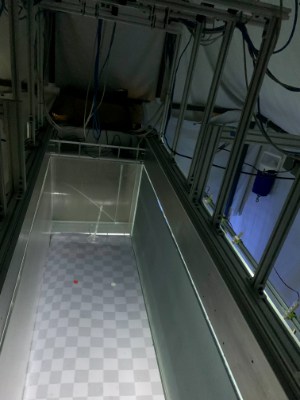
Wind tunnel
Wind tunnel and the real-time computer vision system used to present different visual objects to flying mosquitoes
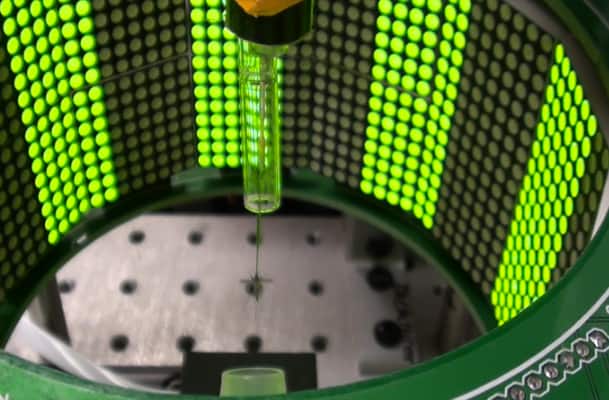
Flight simulator
The flight simulator allows testing visual, olfactory, and auditory stimuli with tethered insects.
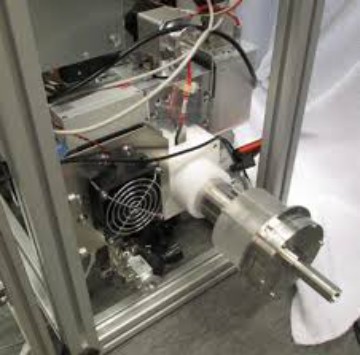
Chemical Analytical tools
We use GC-MS, CI/PTR-Tof-MS, and GC-EAD instruments to analyze chemical signals.
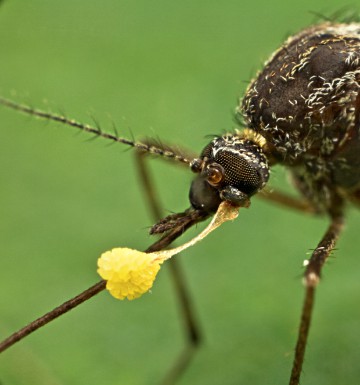
Field studies
Ecological studies are a fundamental component of the lab’s research
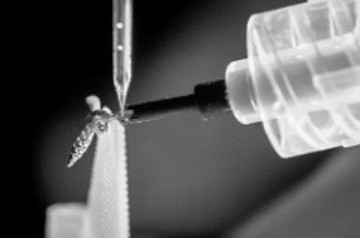
Electrophysiology and behavior
We combine mosquito electrophysiological and behavioral approaches in our experiments. Pictured: simultaneous antennal lobe recordings during tethered flight in mosquitoes
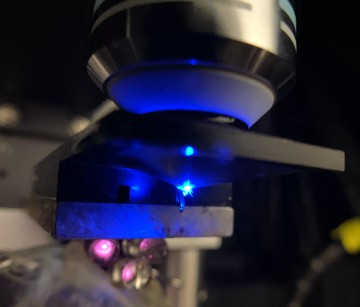
2P microscopy
2-photon and confocal microscopy is used to understand the function and wiring of neural circuits